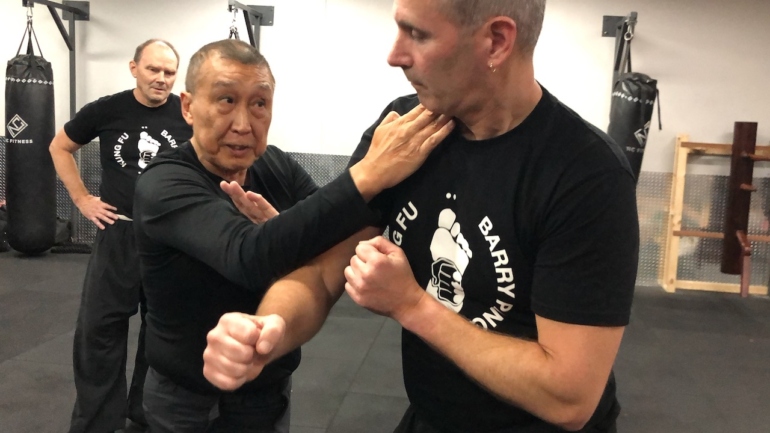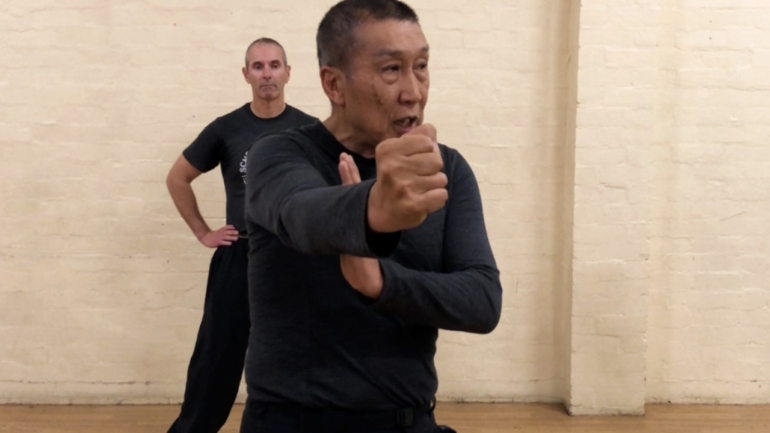When observing Wing Chun being used in sparring and demonstrations, the style appears to be characterised by relentless chain punching and forward motion. However, the intent of the style is something entirely different. In demonstrations, there’s often a…











